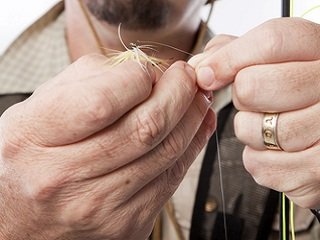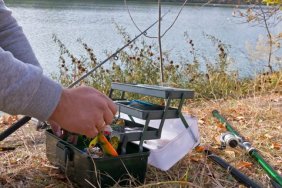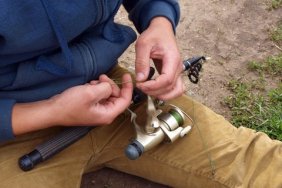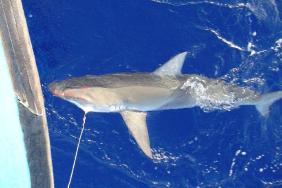You might spend hours waiting and finally get a big bite only to lose that record-breaking whopper because you failed to take a few extra seconds in order to tie a good fishing knot.
I don’t think knots get as much attention as they should. You can have the most expensive lure, a new carbon fiber rod or a reel made from space shuttle grade material, but if your knot fails, nothing else matters. Plus, you’ll lose that expensive lure.
With all this in mind, it’s surprising to me that many anglers often tie the same old fisherman’s knot for every lure and presentation. Fishing knots are like lures. There are different options that perform better under different conditions or when used with different line types. There is no one knot that is best for all situations” There are, however, a handful of knots that every angler should commit to memory. And here they are:
Improved Clinch Knot
This is the first knot most anglers—myself included—learn to tie. A great general purpose knot, the improved clinch has long been a staple in many anglers’ arsenals simply due to the fact that it’s really easy to tie. The improved clinch is a great choice when you’re using bigger baits, such as deep diving crankbaits, swimbaits.
Palomar Knot
The Palomar knot is the bread and butter of a bass angler’s fishing knots. Super easy to tie, the Palomar is one of the strongest knots in fishing and can be tied using pretty much any line size or type, though it’s the one you’ll always want to be sure to tie when you’re using braided line. The Palomar is perfect for tying on jigs, Texas-rigs, small crankbaits and frogs.
Loop Knot
When tied correctly, the loop knot allows your bait to slide freely around the loop, which is ideal for presentations that benefit from slack line. Topwater poppers, walk-the-dog style baits and jerkbaits are the best lures to use with a loop knot. By allowing the bait to move more freely, you’ll be able to maximize its action and attract more strikes.
Snell Knot
The snell knot is the ideal knot for flipping and pitching—making pendulum-like, underhand swings to drop a jig into small holes between lily pads and other cover. Snell knots are super strong and can be tied relatively easily, even with heavy fluorocarbon and braided line. Where the snell knot really shines, though, is on the hook set. Because the line is actually secured to the shaft of the hook and not the eye, setting the hook with a snelled hook creates a rotational motion on the hook, driving it into the fish’s mouth and granting a more secure set.
Albright Knot
The Albright knot is fan favorite when it comes to tying a leader to your main line, like when you want to tie a fluorocarbon leader to braided line. Although it takes some practice to tie, the Albright is far superior to all other leader knots because it doesn’t lose strength, due to not having any pinch points.








